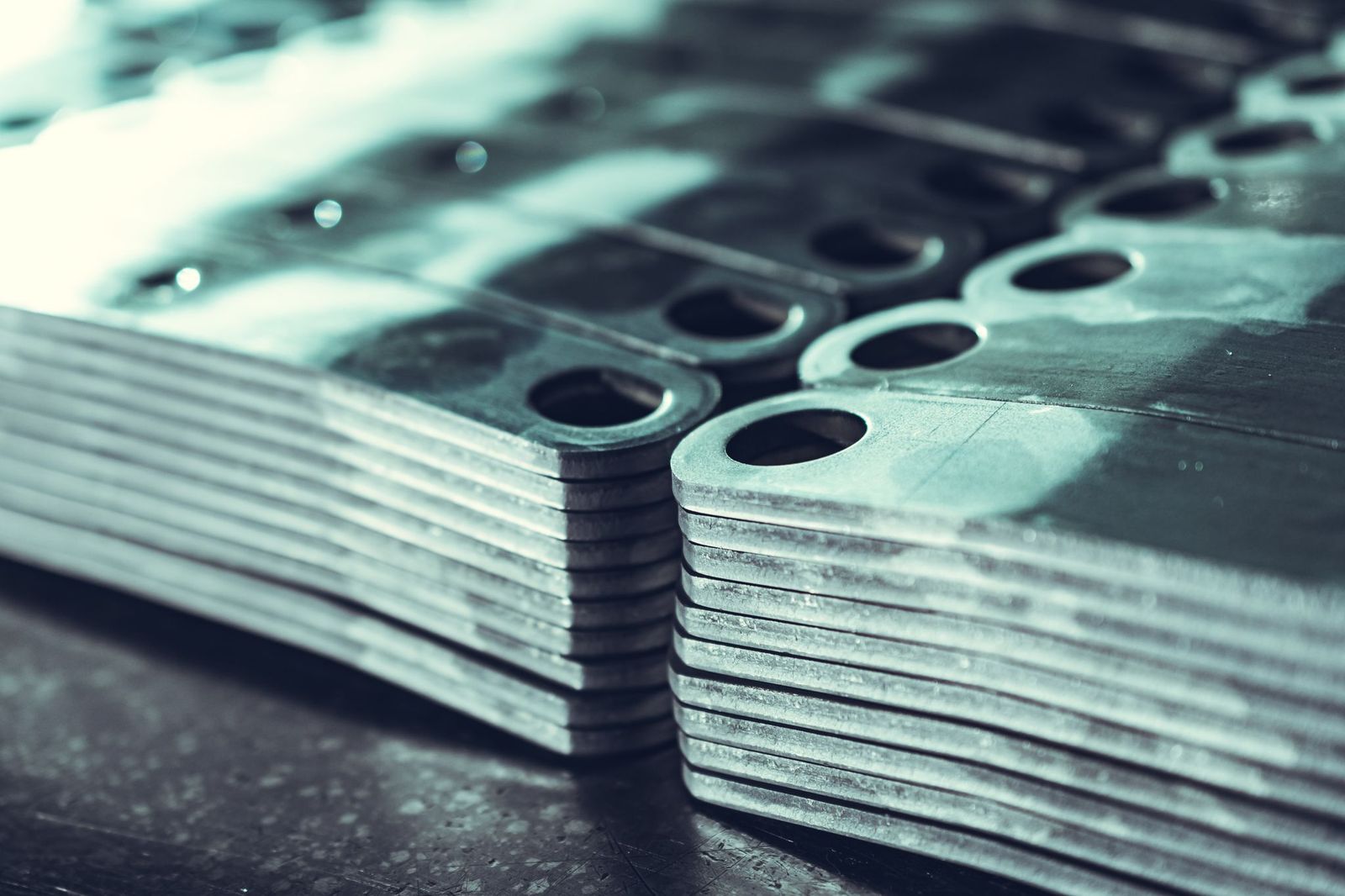Be it engineering, power generation, aerospace, automotive, construction, oil and gas, defence, etc; closed die forging works for all. Closed die forging of aluminum alloys is about pressing of round hot aluminum bars in closed dies. This method is widely preferred for its ability to create desired shapes. The process can provide you with components that promise strength and endurance like none other. However, everything has its merits and demerits. Here are a few pointers for your better understanding.
Merits
- Net Shapes: Avoid unnecessary machining to save your money and time, for closed die forging makes net shapes, or almost net shapes.
- Surface Finish: As opposed to casting, you will get a finer surface finish because of accurate shaping.
- Close Tolerances: Since this process produces near net shapes, you can acquire close tolerances. Additionally, this also neglects machining and saves your expenses.
- Cleaner Process: Closed die forging is cleaner than casting.
- High Strength: This process portrays higher mechanical properties. This is majorly due to the creation of grain structure on the insides, following a piece’s general shape.
- Evades Material Limitations: Aluminum, brass or steel, this method can use all of them for forging components. That is not all; it can also use other metal alloys.
Demerits
- High Tooling Costs: It can be expensive for short production runs since it involves high tooling costs. However, mass production is beneficial.
- Limits in Dimensions: Closed die forging does not work for difficult products due to dimensions limitations. Irregular shapes demand casting or open die forging.
- Size Limitation: Just like intricate products, you cannot expect closed die forging to produce large products. It just does not cut it with all the limitations.
The closed die forging of aluminum alloys is a cost-saving method in terms of large production runs, and also for greater product toughness and strength. For small production and complex items, you may want to opt for other processes.
